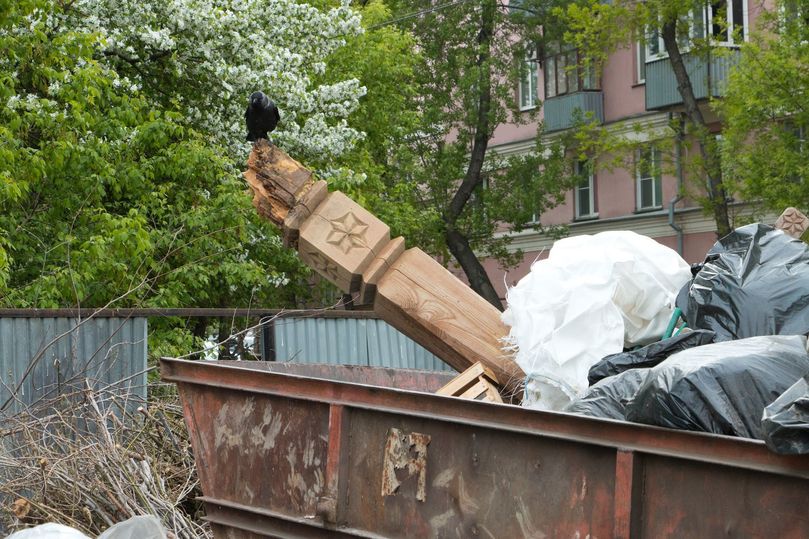Inventions that will keep our planet from suffocating and drowning in garbage
[ad_1]
Today, according to some experts, the world is on the verge of an environmental upheaval. Every year, scientists look for new ways to stop pollution of the planet and save nature. We looked at fresh eco-inventions that have already proven their effectiveness in practice. Surprisingly, three of the top five ended up with a residence permit in Russian Chelyabinsk.
1Trap plastic in the ocean
One of the enemies for the marine ecosystem is plastic. According to Greenpeace, there are approximately 150 million tons of such waste floating in the world’s oceans today. It would take 79,000 years to collect all the plastic in the ocean. A faster solution was proposed by scientists from the Netherlands. They developed a trash trap. This U-shaped device with floats can catch plastic floating on the sea surface. With the help of 60 such traps, it is possible to collect all the garbage in the ocean much faster – in 20 years.
3. “Gun” for waste disposal without incineration
The average person produces about two cubic meters of garbage per year, which is about 400 kg. Most of it ends up in incinerators. This method of waste disposal is widespread today. But solving one problem, such technologies give rise to another: in the process of burning garbage, a huge amount of heavy metals and dioxins, which are extremely dangerous for humans, enter the atmosphere. Russian scientist from the Center for Chemical Physics of the Russian Academy of Sciences Sergey Frolov has developed a unique “gun” for the destruction of any waste without incineration. The device works at the expense of high pressure and extreme temperatures (about 3 thousand °C). Hot water vapor breaks down all organic matter and plastic into molecules, turning them into a harmless gas. So far, the “gun” processes only 1,000 tons per year, but the capacity will be increased.
3. Disposable tableware that you can eat
We use plastic cups every day in offices, on hikes, in cafes, without thinking about the fact that they fill the ranks of household holidays with lightning speed. But you must admit, there would be much less garbage if disposable tableware could just be eaten. And this idea is far from the realm of fantasy. It was brought to life by scientists from Chelyabinsk. At a local university, ordinary starch (potato or grain) is used to create a completely biodegradable plastic that does not harm nature when disposed of. The disposable tableware made from it is so harmless that, if desired, you can even have a bite to eat after use.

4. Processing of agricultural waste by fly larvae
One of the suppliers of ammonia gas to the atmosphere is poultry farms and pig breeding complexes. Harmful substances are emitted from animal waste, during the evaporation of fertilizers. Chelyabinsk scientists also proposed a solution to this problem. Researchers from the South Ural State Agrarian University began to apply a unique technology for processing food and agricultural waste by black soldier fly larvae. These insects have the ability to reduce the amount of harmful bacteria in organic waste. When larvae process manure and bird droppings, their mass decreases, and the nitrogen concentration decreases by 62%, while eliminating the possibility of methane gas formation and unpleasant odors. The output is a safe organic fertilizer. In addition, the larvae themselves can be used as a valuable nutritious animal feed.
5. Sorbent for cleaning industrial land
Today, there are many methods for soil rehabilitation, but all of them do not solve the main problem – the final neutralization of harmful substances. Chelyabinsk scientists from South Ural State University have developed a unique sorbent for cleaning industrial lands. They created a composite material that binds heavy metals and radionuclides. It initiates a reverse leaching process to mineralize hazardous substances. Thanks to this, industrial soil is completely cleared of almost all types of pollution in just three months.
[ad_2]
Source link








